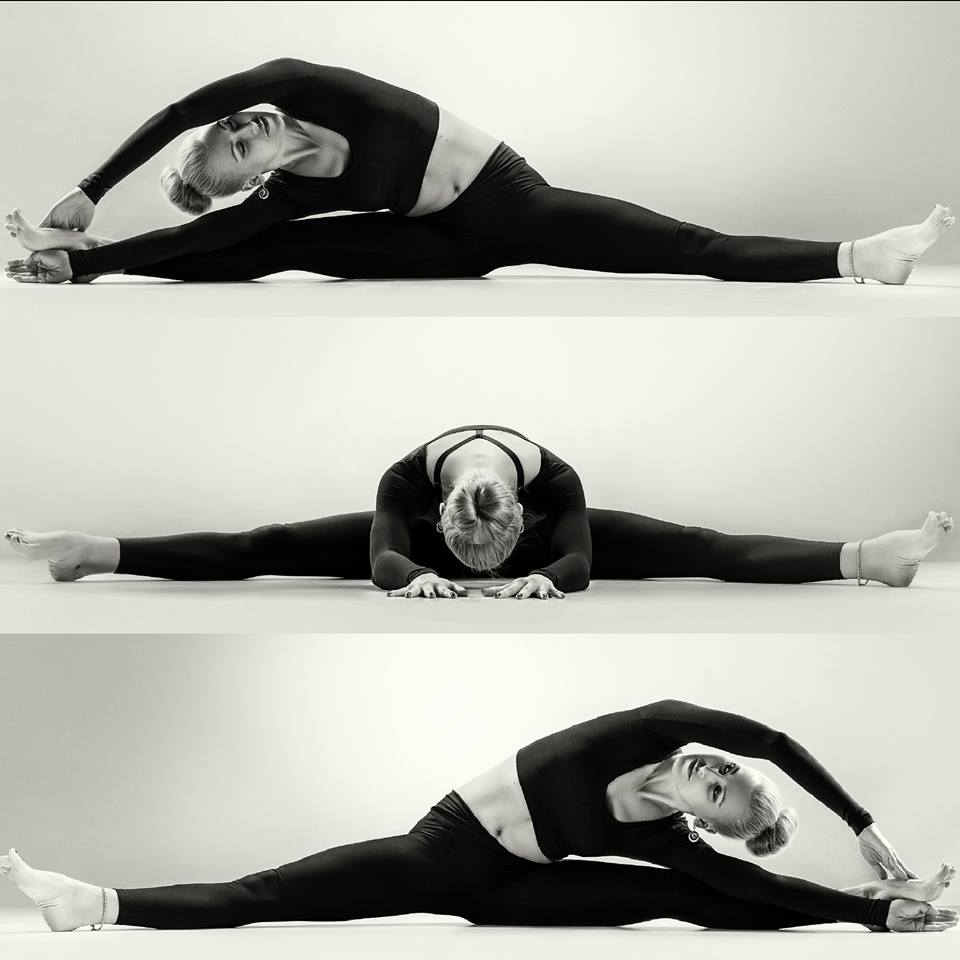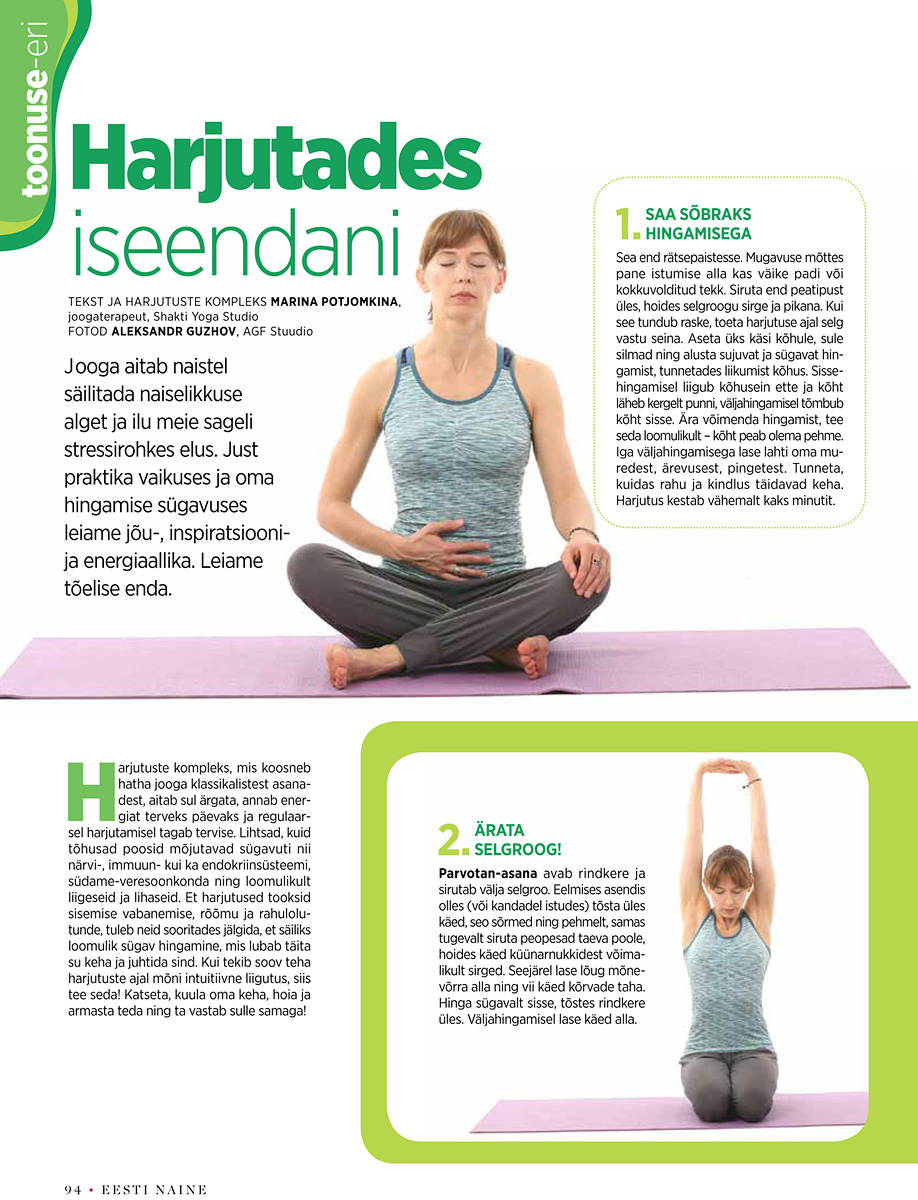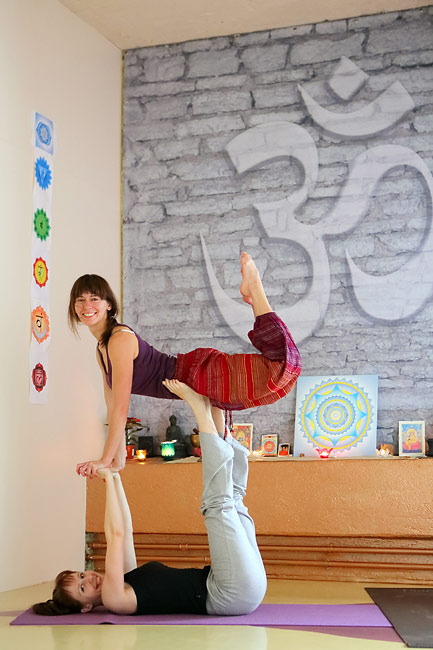attachment
Yoga dictionary. Vairagya
 This is the phenomenon on which all suffering in the material world is based. Being attached to objects of pleasure, to the comfort zone, to a habitual state of Affairs, a schedule of life, Outlook and so on, the person is doomed to sufferings. This is due to the impermanence of the material world. No material object can exist forever. Everything that is created will be destroyed sooner or later. Moreover, even what lies beyond the material – our own thoughts, feelings, perceptions, concepts, mental patterns, and so on – is also subject to constant change. And what yesterday people considered good, today can be considered evil despite the fact that the external situation has not changed. Due to constant changes in the external and internal world of man, everything to which a person is attached, sooner or later destroyed, or rather – is modified. Continue reading
This is the phenomenon on which all suffering in the material world is based. Being attached to objects of pleasure, to the comfort zone, to a habitual state of Affairs, a schedule of life, Outlook and so on, the person is doomed to sufferings. This is due to the impermanence of the material world. No material object can exist forever. Everything that is created will be destroyed sooner or later. Moreover, even what lies beyond the material – our own thoughts, feelings, perceptions, concepts, mental patterns, and so on – is also subject to constant change. And what yesterday people considered good, today can be considered evil despite the fact that the external situation has not changed. Due to constant changes in the external and internal world of man, everything to which a person is attached, sooner or later destroyed, or rather – is modified. Continue reading
Yoga dictionary. Kaivalya
 In the modern world there are many interpretations of this concept. Freedom can be on the economic level, mental, material, spiritual and so on. In most cases, when it comes to freedom, it means the ability to get what you want without any restrictions and act as a particular individual sees fit. And in this case, the freedom of the individual is determined by the boundaries of his desires and fantasies. And since no desire can be fully satisfied (either because of lack of resources or because of limited sensory perception), such freedom is very illusory.
In the modern world there are many interpretations of this concept. Freedom can be on the economic level, mental, material, spiritual and so on. In most cases, when it comes to freedom, it means the ability to get what you want without any restrictions and act as a particular individual sees fit. And in this case, the freedom of the individual is determined by the boundaries of his desires and fantasies. And since no desire can be fully satisfied (either because of lack of resources or because of limited sensory perception), such freedom is very illusory.
What is Liberation, of which there is much talk in the various branches of yoga and Dharmic religions? Patanjali in his philosophical treatise fully reveals this concept not from a material but from a transcendental point of view. Continue reading




